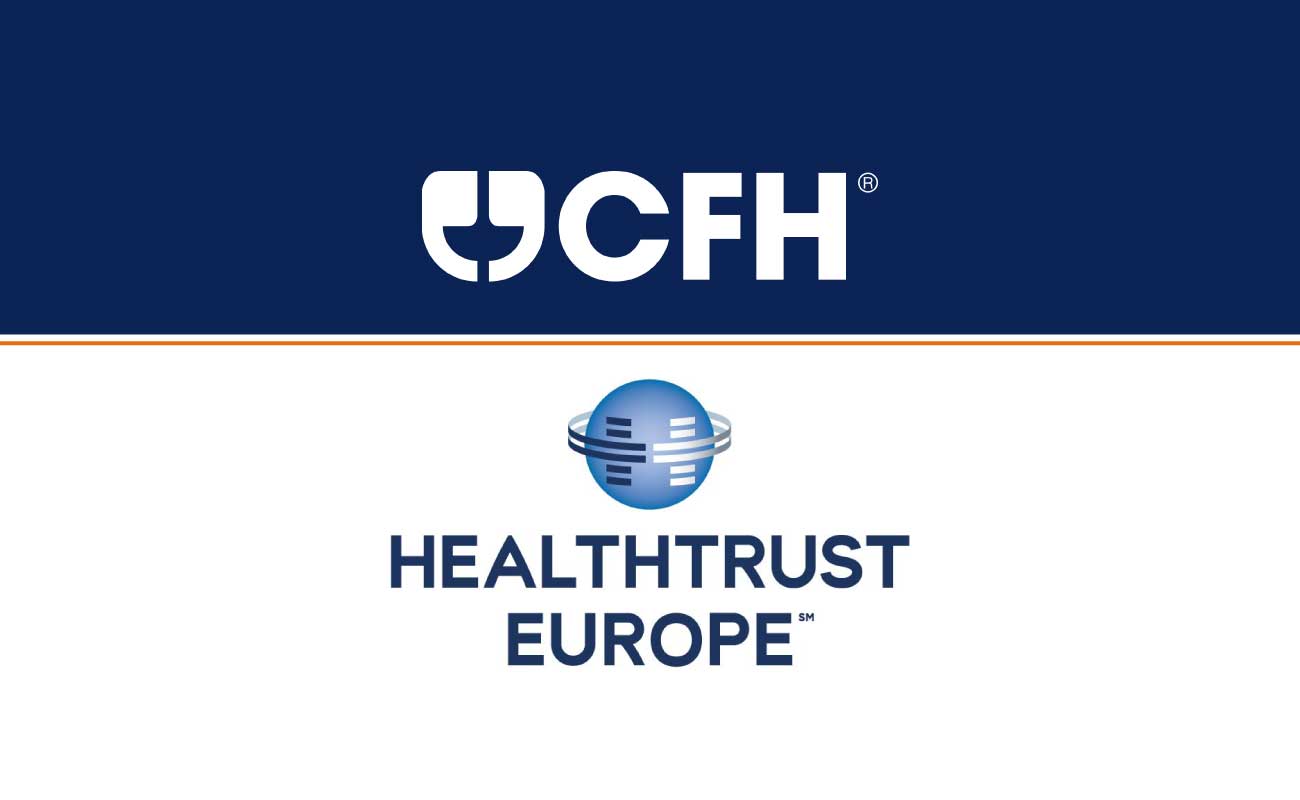Public Sector communications from organisations such as local councils, the government, the NHS, the Bank of England and schools are an essential part of everyday life, keeping the population informed and updated, to ensure that communities are safe and function smoothly.
To perform effectively what is required is the understanding of audiences and utilising the best media channels for particular types of communication.
Public sector communications have helped to shape modern Britain and have themselves been shaped by the changing media landscape and changes in society. But how can they be further improved to achieve the ever-changing goals of the public sector?
When it comes to public sector communications, in general, there are three main types of objectives:
Although there are 3 main types, the goals within these objectives can vary within the public sector, depending on the organisation. For example, are the NHS looking to promote the flu jab? Is the army looking to recruit? Do the council have some information on bin collections to share? Does social housing need higher engagement rates from its residents? Is everyone registered to vote?
Once an objective is defined, it enables an understanding of the intended audience and helps determine what types of communications are required to be sent to achieve the results desired.
Once your goals have been set, you will be able to dig deeper into who your audience is. Understanding your audience and the ways they digest information is extremely important in ensuring your message is seen.
Each generation tends to have a preferred method in which to communicate. This is often based on the technology available to them as they were growing up. If we look at phones alone; Baby Boomers had rotary phones, while Millennials had their own personal mobiles by the time they entered their teenage years and as a result of this, Baby Boomers prefer face-to-face conversation, while Millennials and Generation Xers prefer to speak via phone, email or text.
However, it’s important to not discriminate based on this. Understanding your audience means considering these factors, but not acting on them alone. For example, although Baby Boomers prefer face-to-face conversation, they may well also consume information via email. You just may want to add a line at the bottom that says ‘to discuss this further, call…’.
It's about understanding your audience and then considering the various things that are important to them so that you can make an informed decision on how to communicate with them in the most effective way.
Previously, the public sector had few outlets to communicate, relying on press conferences, letters and radio to get their messaging heard. Nowadays there are a lot more channels that can be utilised. From letters to email, SMS, Tv adverts, web and social media, it’s never been easier to reach out to members of the public.
However, despite there being more options, it’s important that the right channel is selected for each communication. For example, doing a TV advert about what days the bins are collected over Christmas probably isn’t the best solution, instead, a letter or postcard would be more suitable.
It's about identifying your audience and selecting the best channel to achieve your goals. This can also often mean using more than one channel to create a wider communications approach that targets the public. If the army is recruiting 18–24-year-olds, they may produce a TV advert and also utilise website adverts as well as social media posts to target this group by ensuring their messaging is repeatedly seen.
Simply having a channel isn’t enough. Once the relevant ones have been decided, the next step would be to utilise them fully and there are various things that can be done to enhance each channel.
Letter - Make sure to personalise the outer envelope. This can include adding your logo and a strapline that reads ‘IMPORTANT DOCUMENTS ENCLOSED’. Not only does this increase brand awareness, but recent research showed that envelopes with colour and logos on them have a 90% higher open rate than a plain white ones.
Email - Including a subject line that entices the recipient to click is great, but make sure it's clear the email is from a public sector company as 69% of email recipients report emails as spam after reading the subject line. Also, ask users to save your email as a contact to avoid it going into spam.
SMS - Keep it short and to the point, include a link for further information to direct them to your website.
Web - Use action-oriented content that encourages the user to click or fill out a form. Make the customer journey clear so that they know exactly what to do, which eliminates the chances of them getting stuck and leaving the website. It is also helpful to have your contact information readily available should they have questions.
Social media - Play around with the days and times you post and analyse which performs best. Use images and graphics; content with relevant imagery gets 94% more views than content without relevant images.
When it comes to each method of communication, it’s highly advisable that each is personalised to the recipient where possible, especially in emails, letters and postcards.
Targeted and personalised content helps make audiences feel more valued, which ultimately drives engagement. This is reflected in statistics as 42% of people are frustrated by content that is not personalised and 72% say they only engage with personalised messaging.
Many companies communicate with their audiences initially, but sometimes, this is where the interactions stop. This is reflected in how the public feels about how public sector companies engage with them::
Politics: Research suggests some people are unhappy with the way democracy functions and would like to have more opportunities to participate.
Councils: “Not all individuals in society feel they can participate equally in the civic arena, where citizens voices are heard and taken into account in public policy and local decision-making.”
NHS: The NHS said, “we need to engage with communities and citizens in new ways, involving them directly in decisions about the future of health and care services.”
For those within the public sector, engaging with the community means ensuring that everyone in the local area is given the opportunity to comment on the services provided for them and on the organisation's priorities. It enables them to feel involved and listened to, creating a more cohesive community, which in turn broadens the impact that you can have on your community. It’s about using communication to build connections, that enable public sector organisations to enhance their services and overall presence in their local community.
As with any business, evaluating the results of your efforts is essential in improving how you do things going forwards. Review the data, understand how your communications were perceived, how many people engaged with them, and consider any comments that were made regarding them and how they can be improved going forwards.
There is no one way to communicate, but analysing the results of each piece of communication you do enables you to narrow down which types of communication, when they were sent and to who, to perform best.
For many public sector companies, finding one supplier to carry out your communications and fulfil all of your requirements can be tricky. With various regulations and policies to be considered, information security, and often a framework to navigate, finding a reliable and trusted communications provider to outsource to isn’t always easy. However, it’s important, because having a reliable partner can make a huge impact on the way you communicate with your audience, as well as delivering impressive improvements in efficiencies both in terms of time and money.
CFH Docmail has over 40 years of proven hands-on experience supporting public sector organisations with delivering communications that make a real difference. We’re an accredited, trusted leader for communications on every channel and an approved provider on frameworks such as NHS SBS, CCS (Crown Commercial Service) and GCloud.
The CFH team are incredibly professional we just supply them with the data delimited file and they ensure that the correct figures appear in the right place on every bill.
I’ve had experience of working with other providers but this is the one team I would recommend if you want to sleep at night. They take responsibility from start to finish.
- Braintree District Council
To learn more about how your organisation can benefit from a trustworthy provider, including which types of communication channels are best for your needs, visit our case studies page.

Transitioning to new postal options gave Croydon Health Services NHS Trust more flexibility in how they communicate with their patients.
Keen to adopt a more efficient way of printing, packing and posting their time-sensitive paper communications, High Mill has embraced the Docmail Print Driver.
Simplified Patient Communication For Lung Health Check Programme
The Council are anticipating that Docmail will save over £200,000 a year compared to their previous communication process whilst also being more efficient.
Looking to streamline the process of sending crucial patient communications, CFH ensure accuracy and timeliness of delivery for LLR Patient Care Locally.







CFH communication solutions transforms BCP council print and mail for annual, daily and ad-hoc communications.
Docmail, saving valuable time and money while supporting the NHS Long Term Plan, across 110 surgeries and a combined 1 million patient cohort.











Derbyshire Community Health Service NHS Foundation Trust, utilising hybrid mail to streamline patient communication processes and increase engagement.
Housing mailing success, with an increase in client response rate of 45%
RBKC streamline the communication process, to engage with members in a secure, cost effective and trusted way – hybrid mail.